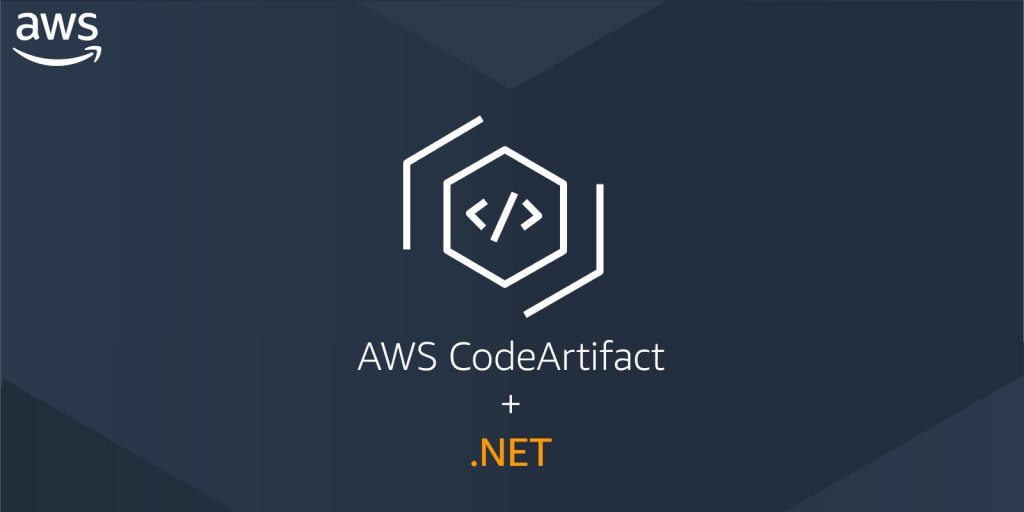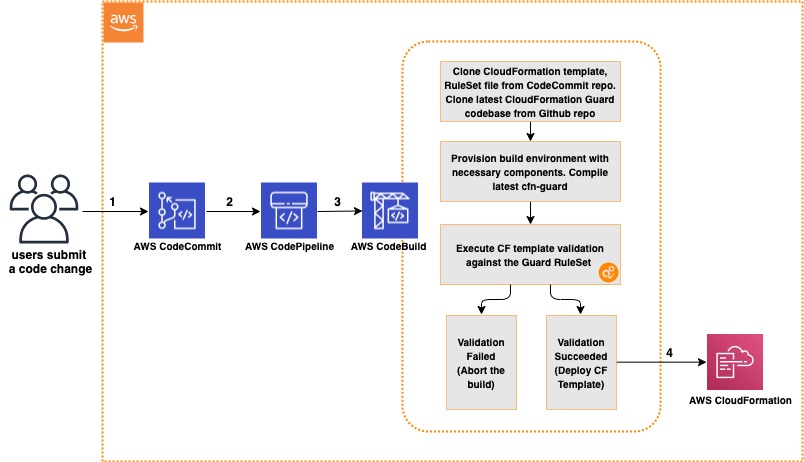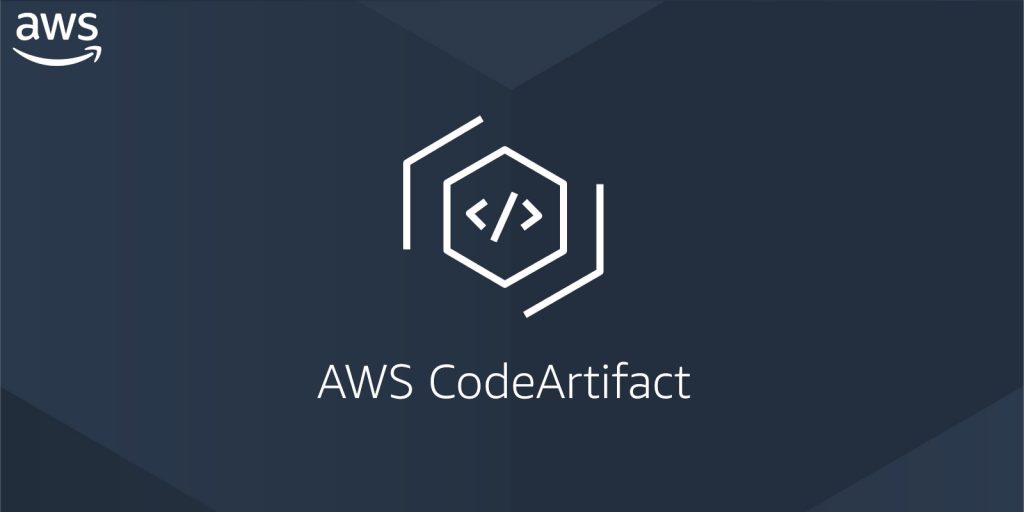AWS DevOps Blog
Tag: Developer Tools
Building an ARM64 Rust development environment using AWS Graviton2 and AWS CDK
2020 was the year that ARM chips made the headlines by moving from largely mobile form factors into the cloud thanks to AWS Graviton2, allowing you to have up to 40% better price performance over comparable current generation x86 Amazon Elastic Compute Cloud (Amazon EC2) and Amazon Relational Database Service (Amazon RDS) instances. We speak […]
Serverless UI testing using Selenium, AWS Lambda, AWS Fargate, and AWS Developer Tools
Since the post Using AWS CodePipeline, AWS CodeBuild, and AWS Lambda for Serverless Automated UI Testing was published, things have evolved with Chrome headless and Firefox headless being supported natively. AWS Lambda now supports container images, AWS Step Functions has added support for Map state and its integration with Lambda, and AWS Fargate has enabled […]
Using NuGet with AWS CodeArtifact
Managing NuGet packages for .NET development can be a challenge. Tasks such as initial configuration, ongoing maintenance, and scaling inefficiencies are the biggest pain points for developers and organizations. With its addition of NuGet package support, AWS CodeArtifact now provides easy-to-configure and scalable package management for .NET developers. You can use NuGet packages stored in […]
Building, bundling, and deploying applications with the AWS CDK
Learn how to perform application build commands as part of your AWS CDK build process by using the native AWS CDK bundling functionality.
Improving customer experience and reducing cost with CodeGuru Profiler
Amazon CodeGuru is a set of developer tools powered by machine learning that provides intelligent recommendations for improving code quality and identifying an application’s most expensive lines of code. Amazon CodeGuru Profiler allows you to profile your applications in a low impact, always on manner. It helps you improve your application’s performance, reduce cost and […]
Integrating AWS CloudFormation Guard into CI/CD pipelines
In this post, we discuss and build a managed continuous integration and continuous deployment (CI/CD) pipeline that uses AWS CloudFormation Guard to automate and simplify pre-deployment compliance checks of your AWS CloudFormation templates. This enables your teams to define a single source of truth for what constitutes valid infrastructure definitions, to be compliant with your […]
Standardizing CI/CD pipelines for .NET web applications with AWS Service Catalog
As companies implement DevOps practices, standardizing the deployment of continuous integration and continuous deployment (CI/CD) pipelines is increasingly important. Your developer team may not have the ability or time to create your own CI/CD pipelines and processes from scratch for each new project. Additionally, creating a standardized DevOps process can help your entire company ensure […]
AWS CodeArtifact and your package management flow – Best Practices for Integration
You often use artifact repositories to store and share software or deployment packages. Centralized artifacts enable teams to operate independently and share versioned software artifacts across your organization. Sharing versioned artifacts across organizations increases code reuse and reduces delivery time. Having a central artifact store enables tighter artifact governance and improves security visibility. This post […]
Enhancing automated database continuous integration with AWS CodeBuild and Amazon RDS Database Snapshot
In major integration merges, it’s sometimes necessary to verify the changes with existing online data. To inspect the changes with a cloned database can give us confidence to deploy to the production database. This post demonstrates how to use AWS CodeBuild and Amazon RDS Database Snapshot to verify your code revisions in both the application […]
Customizing triggers for AWS CodePipeline with AWS Lambda and Amazon CloudWatch Events
AWS CodePipeline is a fully managed continuous delivery service that helps automate the build, test, and deploy processes of your application. Application owners use CodePipeline to manage releases by configuring “pipeline,” workflow constructs that describe the steps, from source code to deployed application, through which an application progresses as it is released. If you are […]









